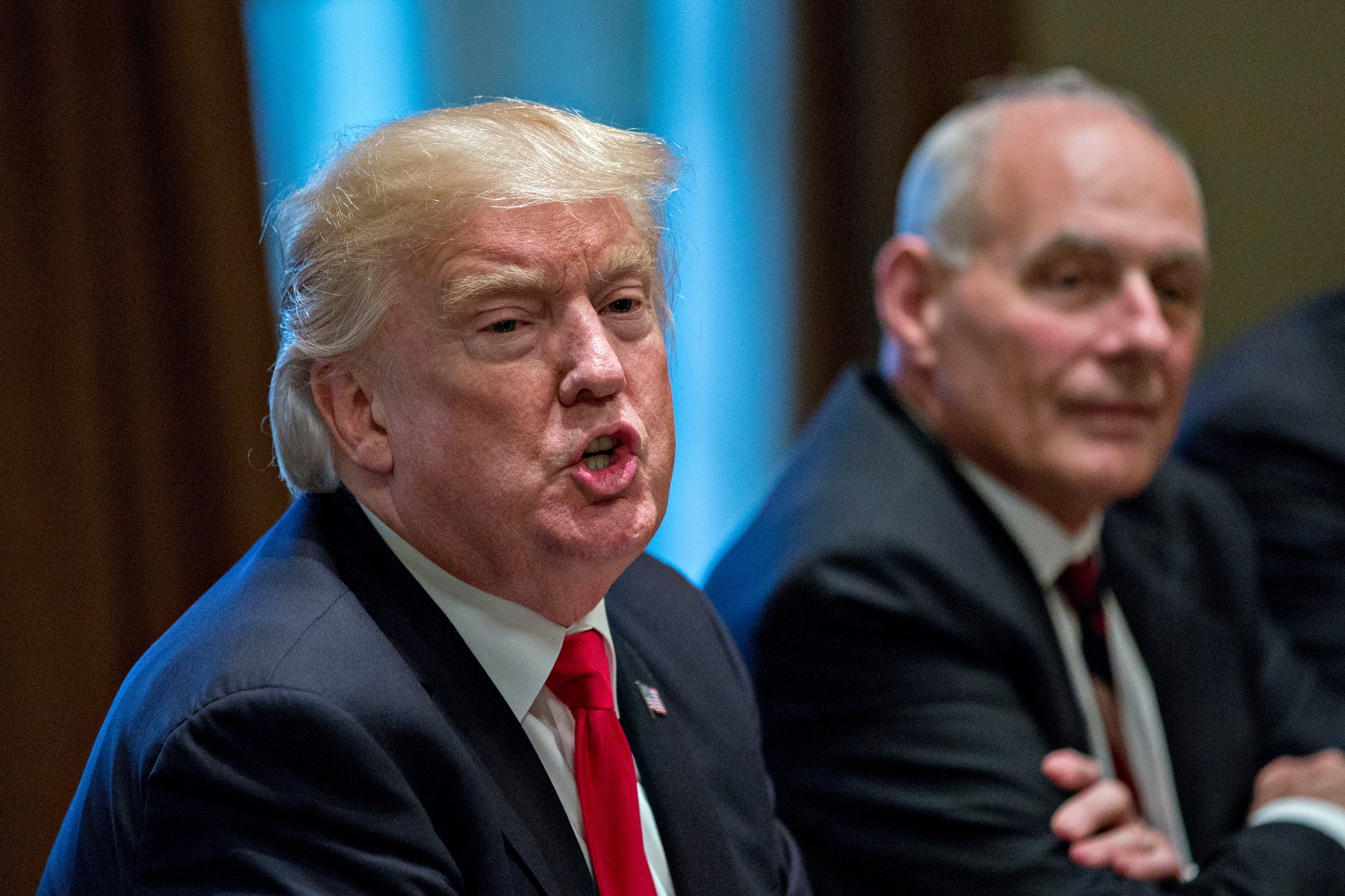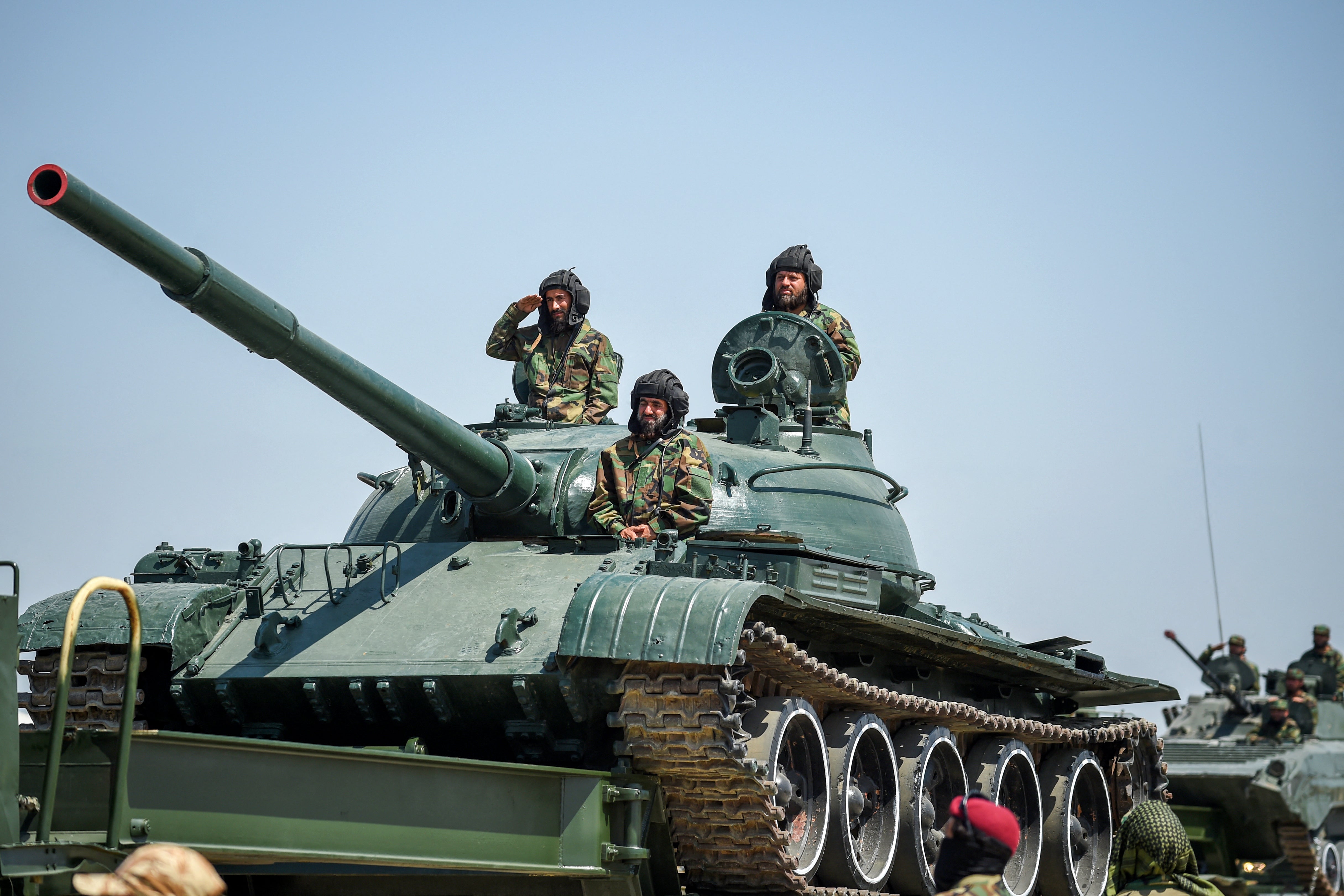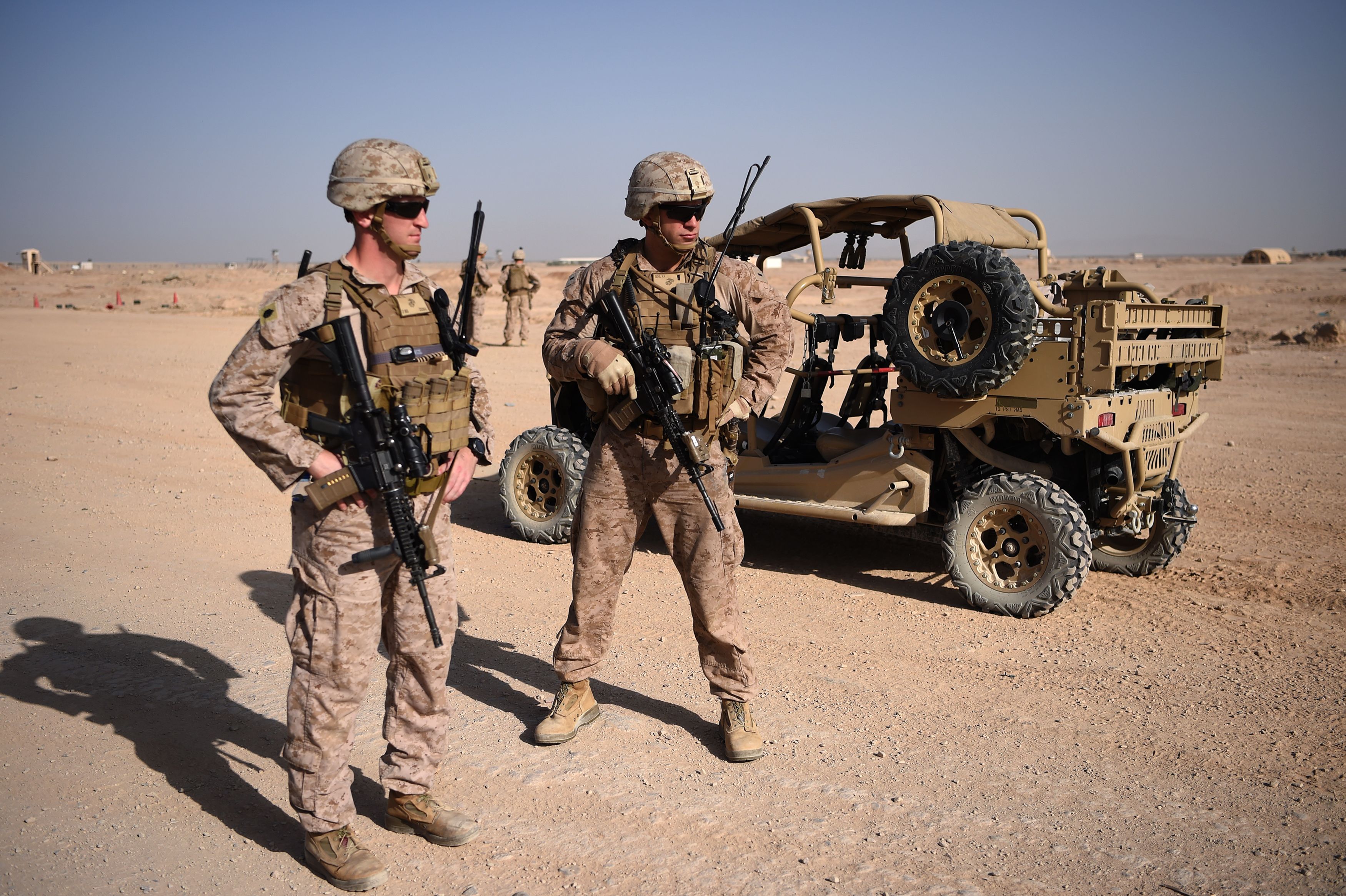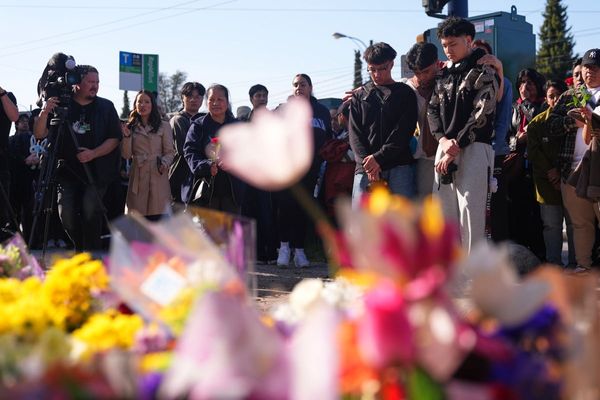On the eve of his presidential inauguration, Donald Trump pledged at a public rally in Washington to strengthen the US military by getting back billions of dollars worth of equipment left behind in Afghanistan during the fall of Kabul in 2021.
Although it was Trump’s first administration that signed the deal with the Taliban to withdraw Nato forces, the Republican has heavily criticised the way his successor Joe Biden handled the pullout and said the Democrat gave “our military equipment, a big chunk of it, to the enemy”.
“If we’re going to pay billions of dollars a year, tell them we’re not going to give them the money unless they give back our military equipment,” Trump said, referring to humanitarian aid. “So, we will give them a couple of bucks; we want the military equipment back.”
According to a report by the US Department of Defence in 2022, the US left behind $7bn worth of military equipment in Afghanistan as they withdrew from the country – much of it in the hands of the Nato-backed Afghan army – which was quickly seized by Taliban fighters as they swept the country.
The US forces tried to dismantle or destroy as much of their machinery as they could – from aircraft to computer systems – in the last weeks of their chaotic pull-out after 20 years of war. But huge amounts still fell to the Taliban in August 2021 when the US-trained military crumbled and surrendered to the Islamist militants.

The equipment includes aircraft, air-to-ground munitions, military vehicles, battle tanks, humvees, US track, weapons, bulletproof vests, camouflage uniforms, communications equipment and other materials which have not only deteriorated over the last nearly four years but also been dismantled by Taliban fighters.
However, experts say retrieving the US military equipment left behind in Afghanistan is far easier said than done.
Jason Campbell, a senior policy researcher at the RAND think tank in Washington, says the “billions of money” that Trump is referring to are the cash shipments sent by the US, as the single largest donor to the humanitarian causes in Afghanistan.
These cash shipments are handled very carefully through the UN and other non-governmental organisations to ensure a consistent financial drip to keep millions of Afghans alive through the aid, as the Taliban is prevented from international banking.

“This is all done to prevent what, ostensibly, Trump is at the very least insinuating that the US is sending $40m to the coffers of the Taliban every month and now they can do with it whatever they please,” Campbell tells The Independent.
Even if Trump is advised to negotiate with the Taliban to bring back American military equipment, the process will be far more arduous than it appears.
“To return it, just logistically, he will need to send a team to analyse and verify the equipment that is being discussed. His team will have to secure either some degree of overflight landing and agreements. This will always remain a critical issue, as it has been during the peak of the US involvement in Afghanistan – how you get equipment in and out of Afghanistan,” says Randall, former country director for Afghanistan in the office of the secretary of defence for policy.
In 2015, he recounts, the US found it more cost-effective to destroy its armoured Mine-Resistant Ambush Protected Vehicle (MRAPV) as the Obama administration tried to reduce its footprint inside Afghanistan.
“It was more economical to quite literally destroy an MRAP than it would be to fly it back to the US, given that it doesn’t have any other immediate cause or immediate use for some of these outside of an active war zone,” he says.

On Tuesday, the Taliban clapped back at Trump and outright refused the suggestion it could return any of the leftover US military equipment.
An unnamed official said that instead of demanding the return of these weapons, Trump’s administration should further arm the Taliban with more advanced weapons to fight the mushrooming terror threats inside Afghanistan, including the Islamic State Khorasan (ISKP) group.
The Trump administration is yet to disclose its plans for dealing with the Taliban regime more broadly, including on topics of its international recognition, funding through the UN and other aid organisations, and the brutal rights situation in the country – particularly for women and girls.
Officials who worked in Afghanistan’s Ashraf Ghani administration have been quick to dismiss Trump’s remarks.
“The new US president has been making these kinds of comments, not just about the Taliban, but about literally everything under the sun. It comes from a sense of the world is cheating America and that it’s playing America for supper,” says Ahmad Shuja Jamal, the former Afghan national security council official in the Republican government.
This is also a time for Trump to claim to his followers and voters that he will undo the damage by the Biden administration, Shuja says.
“It underpins a desire in Trump to fix America’s catastrophic withdrawal from Afghanistan, because we are in this state where the Taliban have laid their hands on American military hardware,” he says.
The former Afghan civil servant warned the US president that talks with the Taliban will be trickier than he realises – since his 2020 withdrawal deal, its backing has only solidified among an axis of countries including China, Russia and even Iran.
Going to Kabul asking for American assets to be returned might also be interpreted as a sign of weakness, Shuja says, adding: “The Taliban sense weakness, and do not respect it.”







